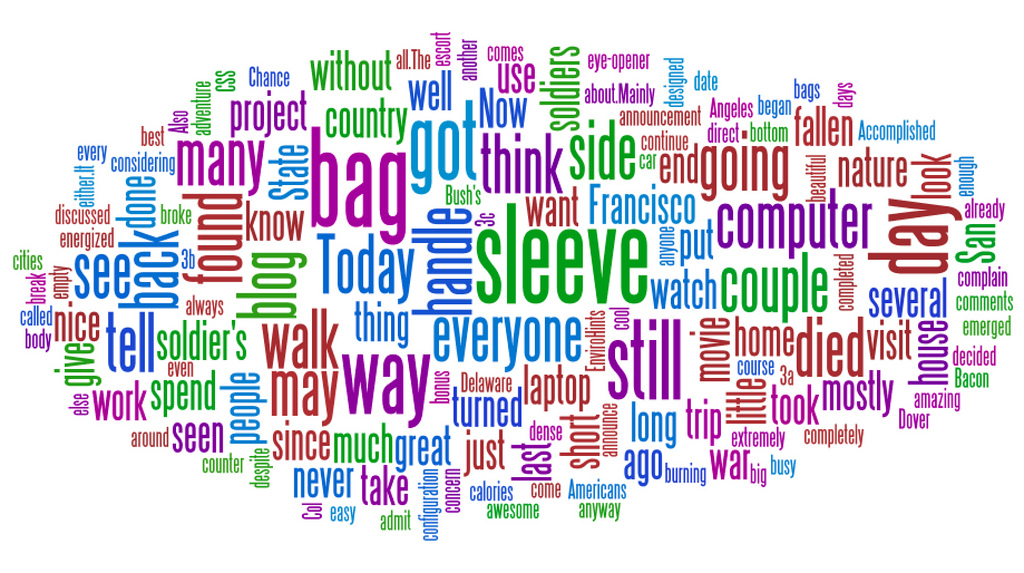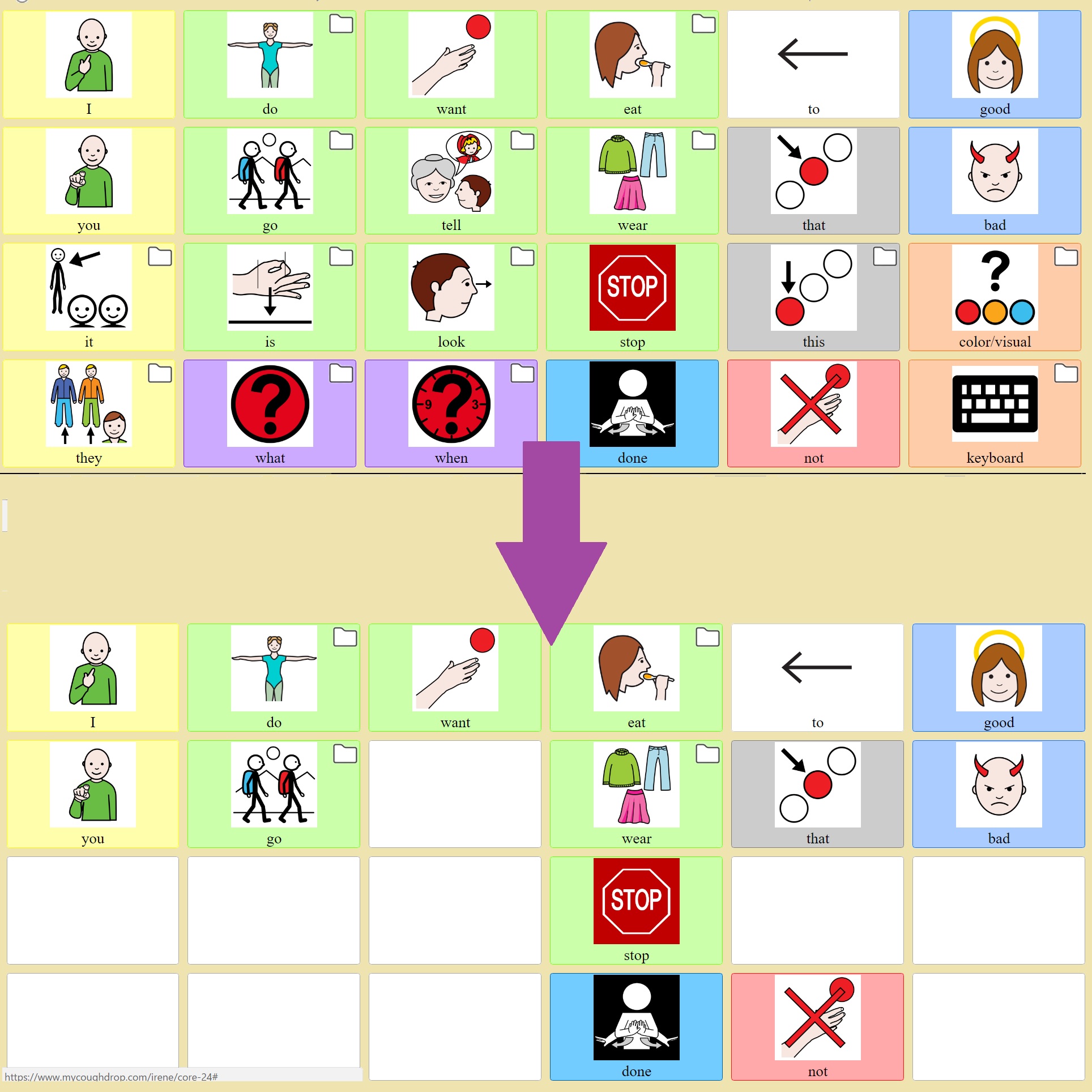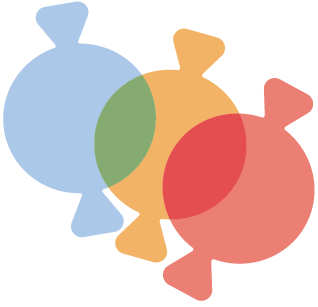What is a "robust" AAC vocabulary?
When speaking about augmentative communication, we often hear experts advocate for a "robust" vocabulary for AAC communicators.
And they are right to do so.
Having access to the words required to express your thoughts, needs, and feelings in any situation is really important and you can't do that if you only have access to a board which allows you to choose foods or toys.
But what exactly does it take for a communication set to be considered "robust?"

Carole Zangari and Gail Van Tatenhove wrote about this exact topic in their book, "Practically Speaking: Language, Literacy, and Academic Development for Students With AAC Needs." Their findings are summarized in a blog post about robust vocabulary on the PrAACtical website.
In this post, six important features are laid out which must be present in order for the vocabulary to be considered "robust." They are:
- No fewer than 300+ core words
- A wide range of word classes (verbs, pronouns, modifiers, conjunctions, prepositions)
- Ability to make morphological changes (change text, pluralization, comparative/superlative)
- Supports motor automaticity but allows for planned growth
- Text-to-speech
- Word prediction
So, how does CoughDrop line up with these standards?
.

.
Actually, really well.
CoughDrop offers three main pre-programmed core vocabulary sets (Quick Core 24, Quick Core 60, and Quick Core 112). The smallest set offers over 600 words while the largest provides about 4500 words all within just two button presses. And each set also provides a keyboard function which has built-in word prediction to make finding the right word quick and easy.
Because these sets are built around core vocabulary they offer a range of nouns, verbs, pronouns, conjunctions, and prepositions designed to support grammatical phrasing. CoughDrop also includes a pre-programmed inflections board for quick word modification when needed.
While these vocabulary sets are built into the system, they can also be edited so they are personalized for the needs of a specific communicator. By making a copy of any system born board set, you can tweak images, adjust wording, or alter button position to suit specific needs.
And sometimes those needs mean temporarily hiding buttons so the communicator isn't overwhelmed or distracted. CoughDrop includes a "hide" feature which allows you to make the buttons disappear completely, show as a blank button, or appear as a shadow of the regular button. This makes it possible for you to introduce buttons at a graduated pace while preserving motor planning and preparing for growth.

But being able to edit the language set also means you can attach other necessary words and phrases to the boards as needed.
Connecting a board with popular phrases or words and ideas important to your communicator can be a great motivation and a great encouragement for speech.
And CoughDrop has you covered there. Because we encourage users to share their speech boards by making them public if there is no privacy concern, there are thousands of speech boards available through search in the CoughDrop system.
You can quickly connect a board of [favorite phrases grouped for school or home](https://app.mycoughdrop.com/melissad/situation-boards" target="_blank) or make a board of Star Wars characters accessible. Try out our aphasia board with common needs or this simple sign language board.
Each of these boards adds depth and individual focus to the communication set and gives an AAC user the chance to really express themselves.
(Speaking of expressing themselves, how about this speech board of popular teen phrases.)
Don't want these phrases board linked to a speech board? No problem, make them accessible as part of your CoughDrop sidebar so you have quick access without cluttering up your main board set.
When it really comes down to it, communication is about words so having a truly "robust" vocabulary is essential.
